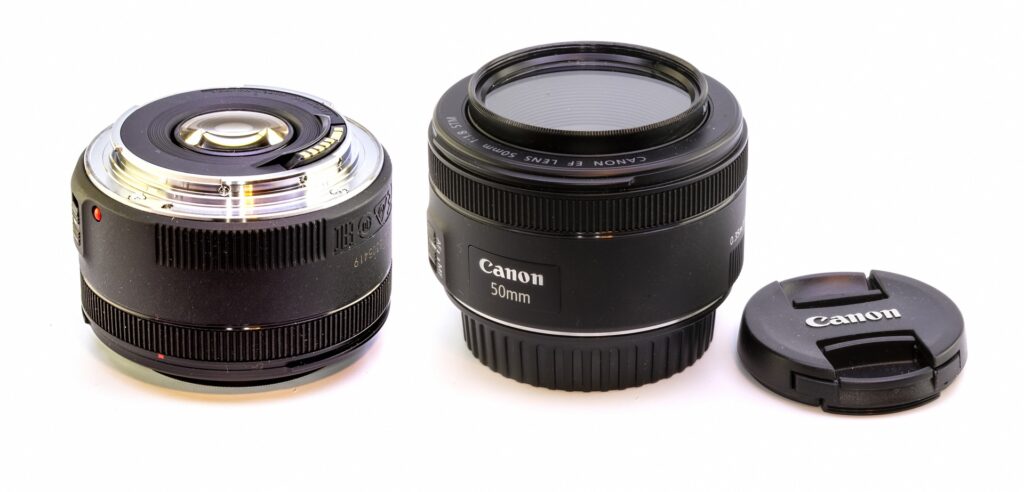In the heart of a bustling city known for its vibrant art scene and passionate photographers, Alex, an avid photographer and lens enthusiast, found himself at a crossroads. His photography journey had always been driven by a quest for the perfect lens, and now he faced a crucial decision: the Tamron 90mm f/2.8 Di VC USD Macro or the Canon 100mm f/2.8L IS USM Macro. Both lenses were highly regarded in the photography community, but Alex needed to determine which one was the better fit for his evolving needs.
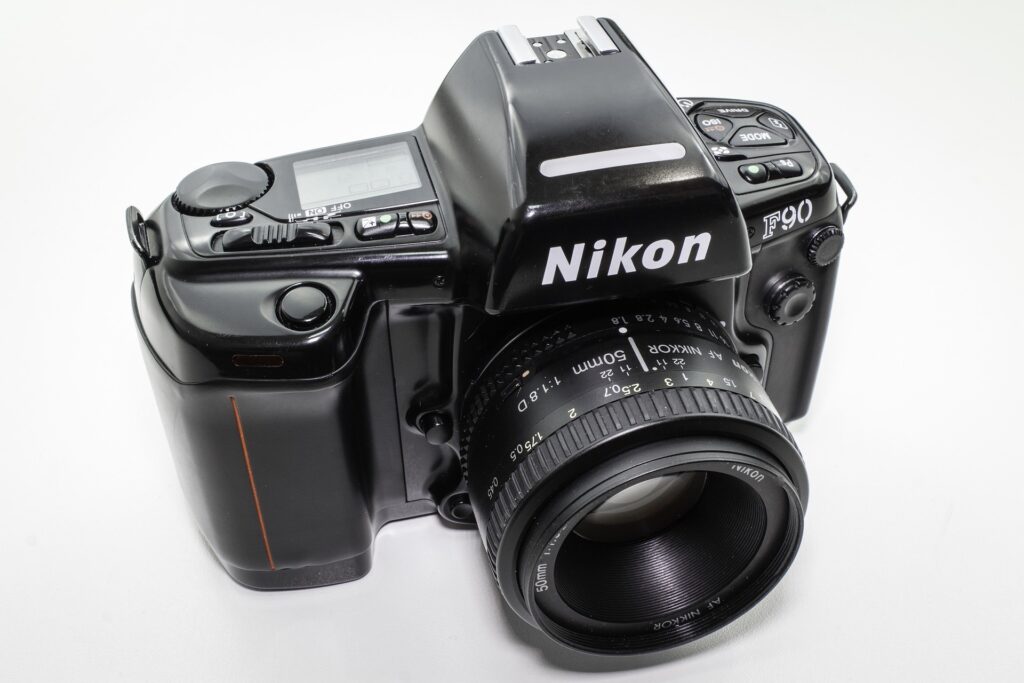
The Quest Begins
Alex’s journey began with a deep dive into the world of macro photography. His fascination with capturing intricate details of nature and textures had led him to consider these two legendary lenses. The Tamron 90mm and the Canon 100mm were both renowned for their macro capabilities, but each had its own unique set of strengths and quirks.
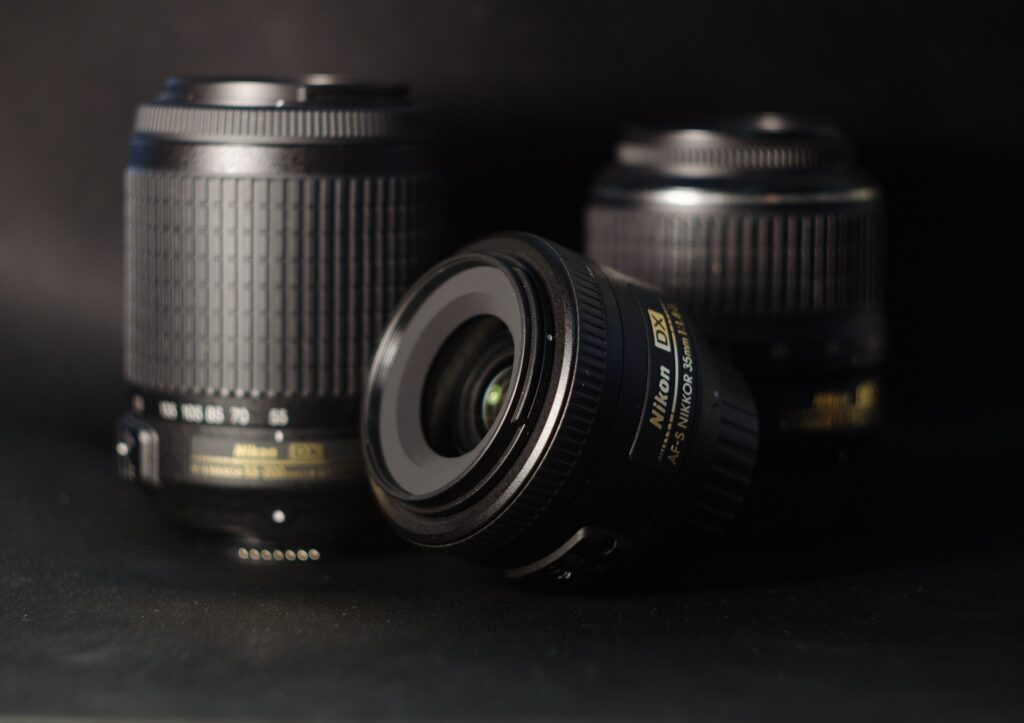
1: The Tamron 90mm Experience
Alex started with the Tamron 90mm f/2.8 Di VC USD Macro. Known for its impressive value and sharpness, the Tamron lens had built a solid reputation among macro photographers. As he held the lens in his hands, he admired its solid build quality and comfortable weight.
The first thing Alex noticed was the lens’s vibration compensation (VC) feature, which promised to reduce camera shake and allow for sharper handheld shots. This was a significant advantage, especially when working in natural settings where a tripod might not always be feasible. He eagerly attached the lens to his camera and ventured into the nearby botanical garden.
The Tamron 90mm performed admirably. The colors were vibrant, and the detail was astonishing. The autofocus was quick and precise, though Alex found that the lens could be a bit noisy during operation. Despite this, the image quality was consistently sharp, and the macro capabilities allowed him to capture the delicate intricacies of the flowers with stunning clarity.
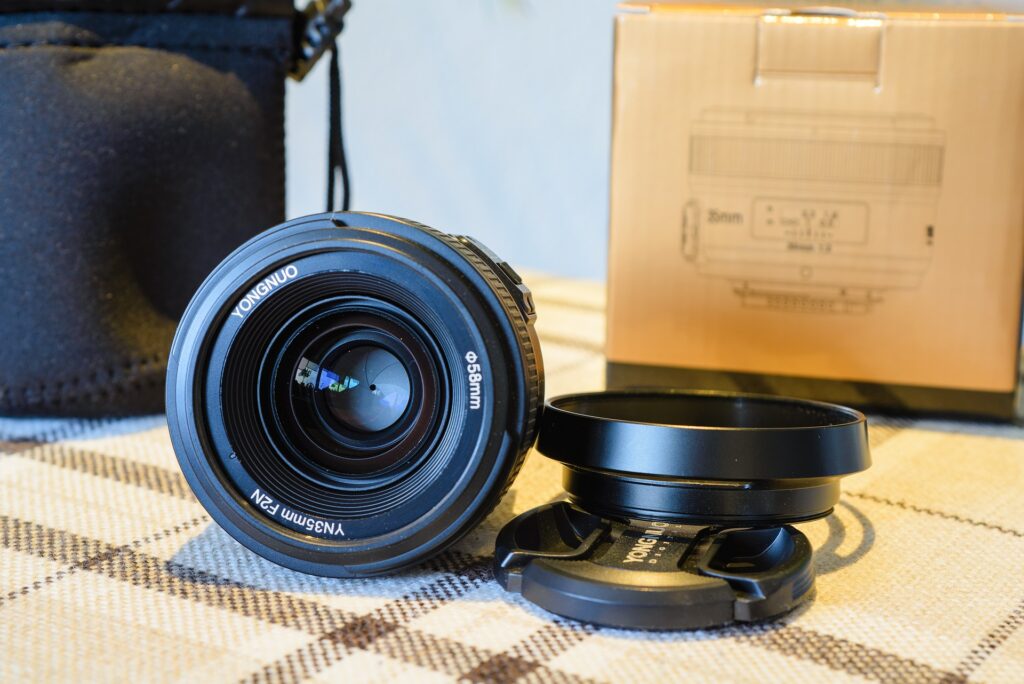
2: The Canon 100mm Adventure
Next, Alex turned his attention to the Canon 100mm f/2.8L IS USM Macro. As an L-series lens, the Canon was renowned for its premium build quality and optical performance. The moment Alex picked up the Canon 100mm, he felt the difference. The lens was solid and robust, with a satisfying heft that spoke to its durability and craftsmanship.
He was particularly intrigued by the image stabilization (IS) feature, which Canon claimed to be one of the most effective in its class. This was a feature that Alex felt could significantly enhance his handheld shooting experience. With the Canon lens attached to his camera, he set out for a local park known for its diverse insect population.
The Canon 100mm did not disappoint. The IS feature was incredibly effective, allowing Alex to shoot at slower shutter speeds without worrying about camera shake. The autofocus was silent and swift, making it easy to capture fleeting moments. The lens’s sharpness and color rendition were exceptional, producing stunningly detailed and vivid images. The built-in lens hood was another bonus, providing added protection and reducing lens flare.
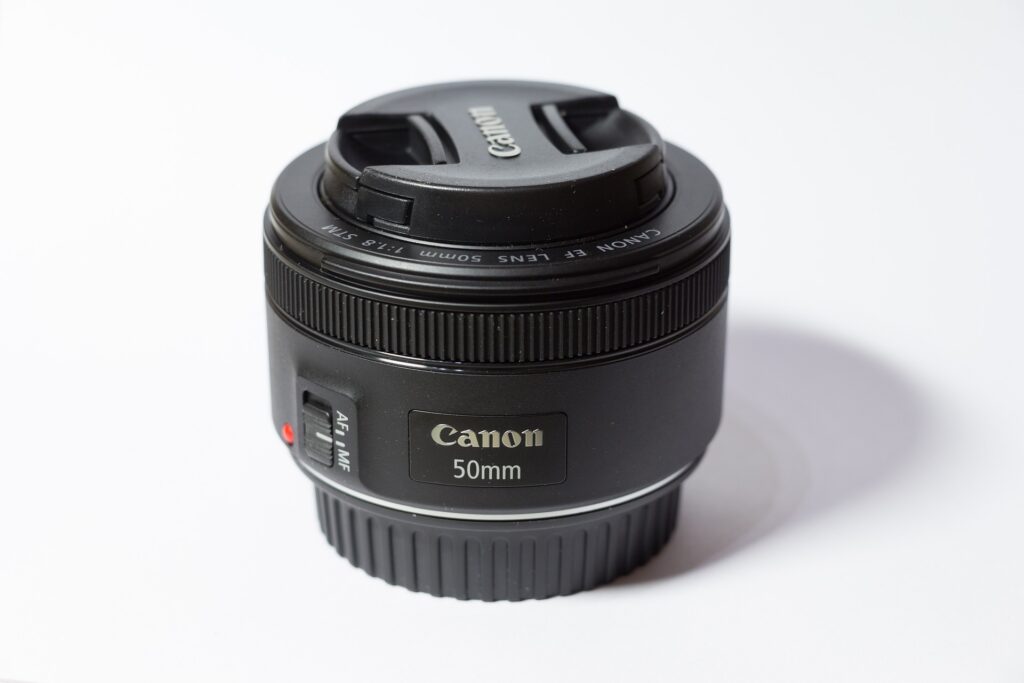
3: The Decision
As Alex reviewed his images from both lenses, he weighed the pros and cons of each. The Tamron 90mm offered excellent value and impressive image quality, with the added benefit of vibration compensation. It was a great choice for those looking for a high-performance macro lens at a more accessible price point.
On the other hand, the Canon 100mm f/2.8L IS USM Macro provided superior build quality, effective image stabilization, and near-silent autofocus. It was the ideal choice for photographers who needed the best in terms of performance and durability, particularly for professional use or frequent fieldwork.
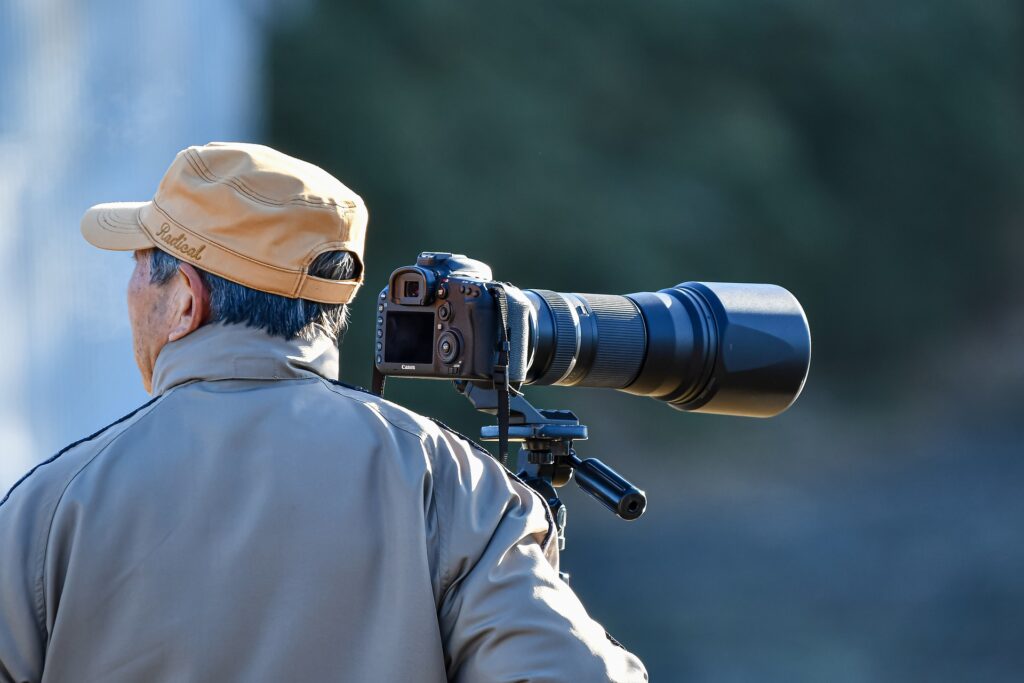
Epilogue: A Lens for Every Photographer
In the end, Alex realized that the choice between the Tamron 90mm and the Canon 100mm came down to personal preferences and specific needs. The Tamron 90mm was a fantastic option for those who valued cost-effectiveness and solid performance. Meanwhile, the Canon 100mm was perfect for those who demanded top-notch quality and advanced features.
As he packed up his gear, Alex felt a sense of clarity and satisfaction. The journey had not only refined his understanding of macro photography but had also reaffirmed his belief that the best lens is one that aligns with the photographer’s unique vision and requirements. With both lenses being exceptional in their own right, Alex knew that either choice would lead to stunning, high-quality macro images.
